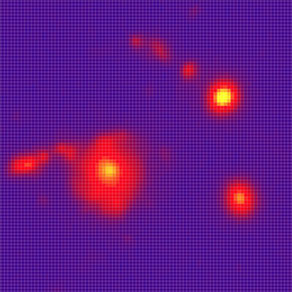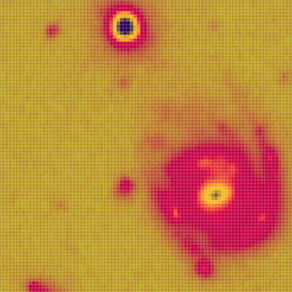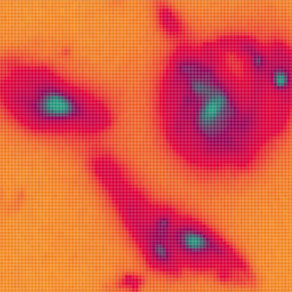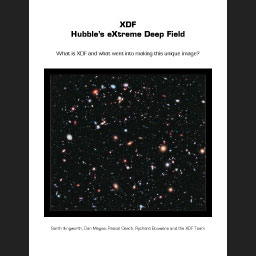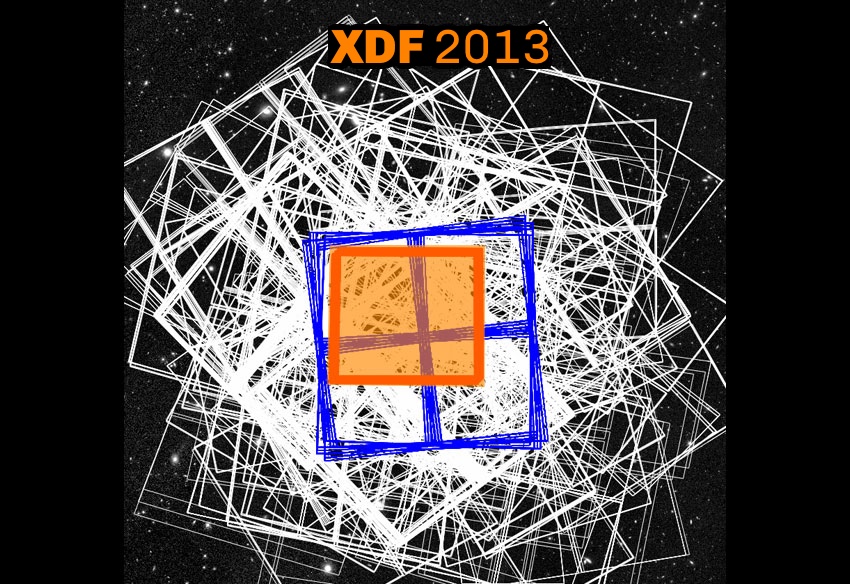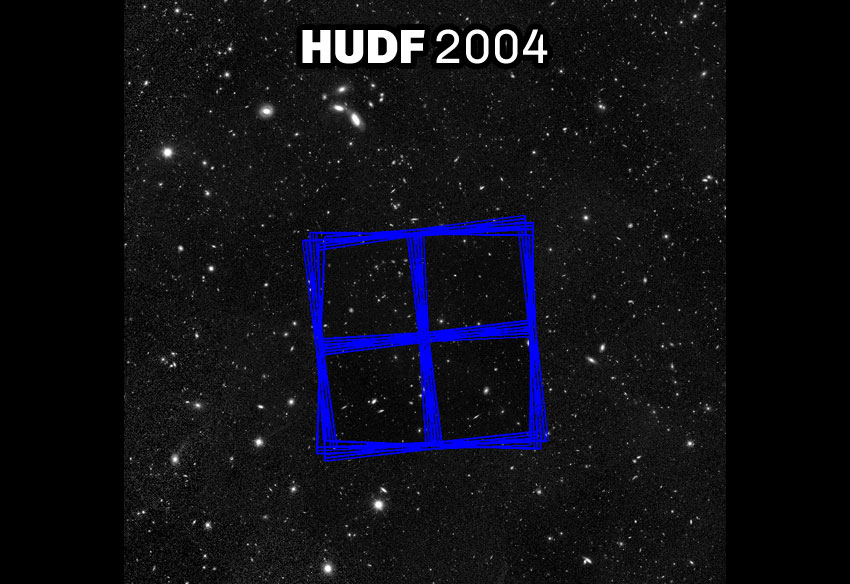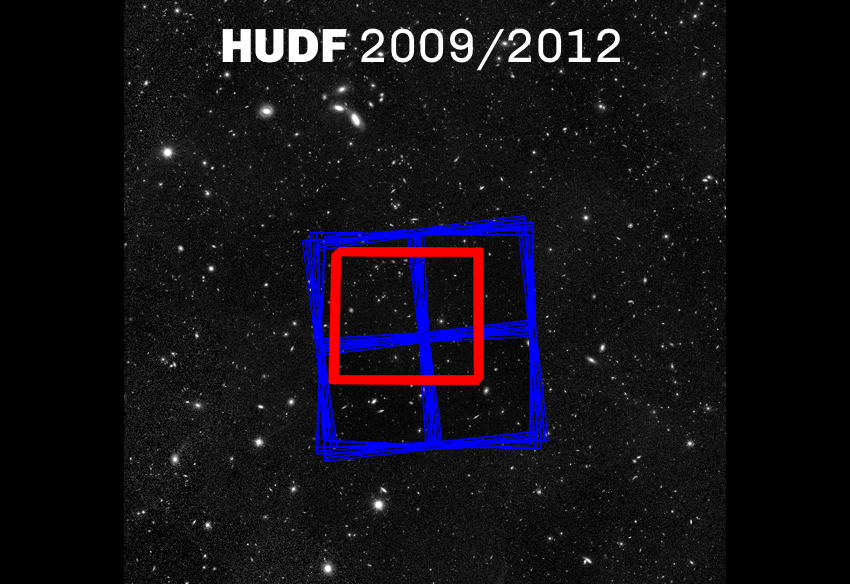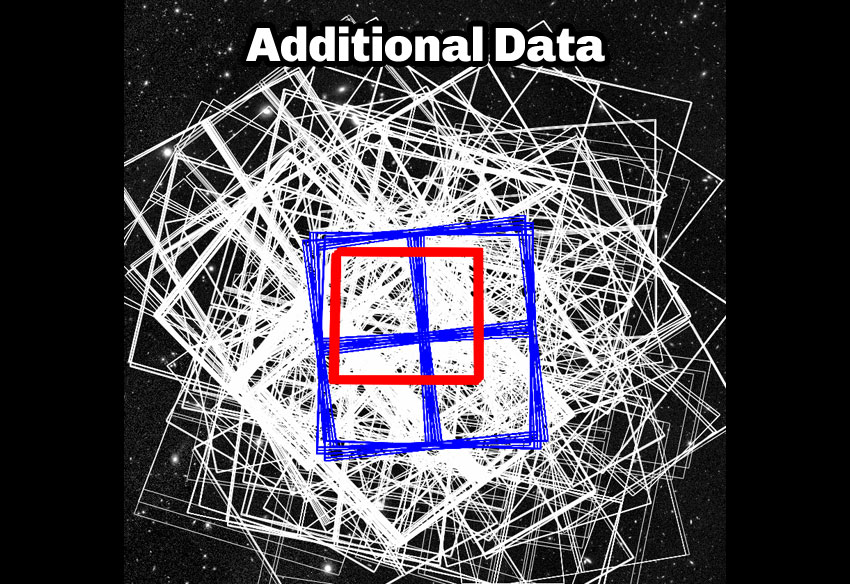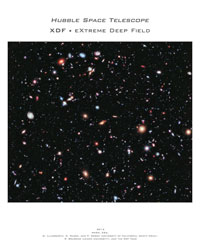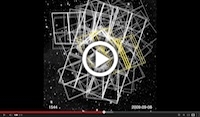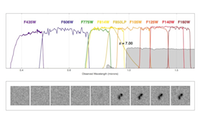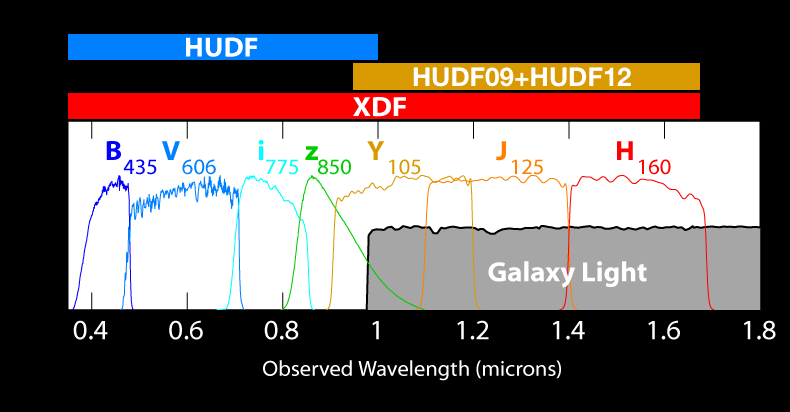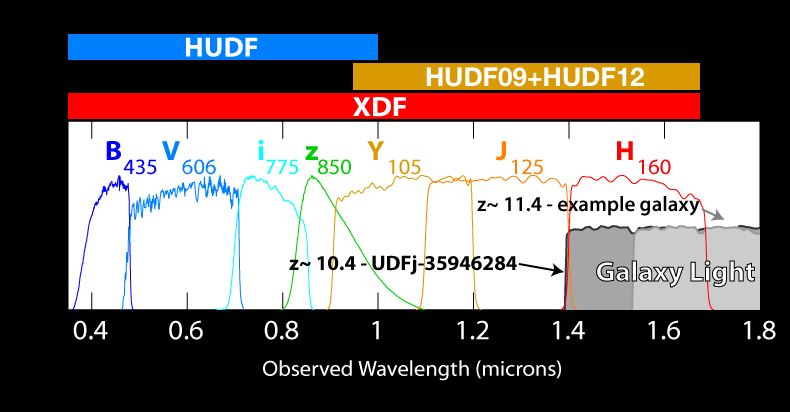What is the eXtreme Deep Field (XDF)
The XDF is the deepest image of the sky taken with Hubble for searching for the earliest galaxies. It includes ALL images taken by Hubble on the small patch of sky first imaged as the Hubble Ultra-Deep Field (HUDF) and subsequently as the HUDF09 and HUDF12. The XDF also adds images that overlapped the HUDF from many other programs including CANDELS, supernova searches and many others (19 in total). These images were taken over a decade from mid-2002 through to early 2013. The XDF is an exposure of 2 million seconds total from Hubble's two premier cameras, the Advanced Camera (ACS) and the Wide Field Camera 3 (WFC3). It consists of 2963 separate images from the ACS and WFC3/IR. ACS flew on the Shuttle to Hubble in 2002 on servicing mission SM3B, while the Wide Field Camera 3 (WFC3) flew to Hubble in 2009 on the final Hubble Shuttle mission (SM4).
Garth Illingworth, Dan Magee, Pascal Oesch, Rychard Bouwens and the XDF Team
The Making of the XDF
The XDF includes ALL data taken by Hubble on the small patch of sky first imaged as the Hubble Ultra-Deep Field (HUDF). These images were taken over a decade from mid-2002 through to early 2013. The XDF is an exposure of 2 million seconds total from Hubble's two premier cameras, the Advanced Camera (ACS) and the Wide Field Camera 3 (WFC3). It consists of 2963 separate exposures from the ACS and WFC3/IR. ACS flew on the Shuttle to Hubble in 2002 on servicing mission SM3B, while the Wide Field Camera 3 (WFC3) flew to Hubble in 2009 on the final Hubble Shuttle mission (SM4).
The original HUDF data demonstrated the power of Hubble’s new ACS camera in 2004. The original HUDF contributes, by time, a little more that half to the XDF, but only contains data in the optical ("visible") region of the spectrum. In 2009 and 2010, the HUDF09 project took images towards the red end of the spectrum in the near-infrared with the new WFC3/ IR camera. These new data doubled the waveband coverage and enabled exploration of a new realm of the most distant galaxies for the first time. The HUDF09 field with WFC3/IR and ACS contributed around 20% of the data by time to XDF. A subsequent study HUDF12 added more WFC3/IR data that enhanced the overall dataset by about another 10% by time, though both the HUDF09 and HUDF12 images contributed unique IR data that is essential for finding the earliest galaxies. The HUDF and HUDF09/12 fields are shown in the first and second panels of the “Hubble Dataset Used to Build Up the XDF” slide shown below.
The XDF/HUDF09 team then took ALL the other data on this region taken by numerous programs (see "Programs Used to Make the XDF" below) and combined it through a very laborious and careful series of steps into one incredibly deep image, the eXtreme Deep Field (XDF). These data fall at many locations and orientations and much careful checking was needed to make sure all the Hubble ACS and WFC3 images could be properly aligned and added together. The contributions from these other programs comprised nearly a quarter of the time, of which the largest was the CANDELS images from ACS and WFC3. The numerous images are shown in third panel of the “Hubble Dataset Used to Build Up the XDF” slide shown below.
The XDF was then assembled using data from every image over the last decade from ACS and the WFC3 (the orange region in the fourth panel of the “Hubble Dataset Used to Build Up the XDF” slide shown below). XDF reaches back around 13.2 billion years, to just 450 million years after the Big Bang. The history of galaxies — from soon after the first galaxies were born to the appearance of the great galaxies of today, like our Milky Way — is laid out in this one remarkable image.
The XDF combined image goes incredibly faint. The combined image XDF reaches to approximately one ten-billionth of what the eye can see. In astronomer-speak, XDF reaches to a 5 sigma limit is 31.2 AB mag (the limit for a 5 sigma detection of a point source, like a star, corrected to total magnitude, is ∼30.7 AB magnitude). This is equivalent to a 1 sigma noise fluctuation of 32.9 AB mag, as measured directly in a 0.33" aperture.
The XDF is such an important field that it will be imaged in the future and more data will be added, but future gains will be slow until JWST is launched.. The first deep data in the ultra-violet from WFC3/UVIS has already been obtained. The ultra-violet imaging complements the redder optical/IR XDF and is being used by astronomers to study galaxies at later times when they are in transition to galaxies like today’s galaxies (including our Milky Way and Andromeda). The ultraviolet data has not been included since the UV data is relatively noisy and also cannot reveal galaxies in the first 2 billion years due to the absorbing effects of hydrogen in the universe.
The details of how the XDF was generated from the decade-long source data from the HUDF region can be found in the paper that was written about the XDF ("The HST eXtreme Deep Field (XDF): Combining All ACS and WFC3/IR Data on the HUDF Region into the Deepest Field Ever", Illingworth, G. D.; Magee, D.; Oesch, P. A.; Bouwens, R. J.; Labbé, I.; Stiavelli, M.; van Dokkum, P. G.; Franx, M.; Trenti, M.; Carollo, C. M.; Gonzalez, V., 2013, ApJS, 209, 6). The paper was published in ApJS in 2013 and can be found at: http://adsabs.harvard.edu/abs/2013ApJS..209....6I.
XDF Facts
| Name | Hubble eXtreme Deep Field (XDF) |
| Position (J2000) | R.A. 3h 32m 38s.5, Dec. -27° 47' 00" |
| Area of XDF | 4.7 arcmin2 |
| Instruments | ACS/WFC and WFC3/IR |
| Exposure Dates | July 2002 to December 2012 |
| Total Exposure Time | ~2 million seconds taken over ~50 days |
| Number of Exposures | 2963 (1972 ACS/WFC; 991 WFC3/IR) |
| Number of Galaxies in XDF | 7120 |
| Typical Depths | ~30 AB mag (5σ) in most filters |
| Combined Depth | ~31.2 AB mag (5σ) for a flat f ν source |
| Archive Link | http://archive.stsci.edu/prepds/xdf |
Hubble Datasets Used to Build-up the XDF
This sequence shows how the XDF was built up from the numerous exposures that have been made over the HUDF field.
The first image of the sequence shows the original HUDF data from the ACS. By fraction of the total time the original HUDF contributes over 50% to the XDF, but only contains data in the optical ("visible") region of the spectrum. In 2009, the HUDF09 project took images towards the red end of the spectrum in the near-infrared with the new WFC3/IR camera. These new data doubled the waveband coverage and enabled exploration of a new realm of the most distant galaxies for the first time. The second image of the sequence shows the HUDF09/HUDF12 field with WFC3/IR and ACS that contributed around a quarter of the data by time to XDF.
Finally, the XDF team took ALL the other data on this region taken by numerous programs and combined it through a very laborious and careful series of steps into one incredibly deep image, the eXtreme Deep Field (XDF). As the third image shows the data falls at many locations and orientations and much careful checking was needed to make sure all the Hubble ACS and WFC3 images could be properly aligned and added together. The contributions came from ten other programs that comprised about 20% of the time, of which the largest was the CANDELS images from ACS and WFC3.
Finally, in the fourth image of the sequence the XDF is shown as the orange region where the contribution of every image over the last decade from ACS and WFC3 has been included.
The XDF combined image goes incredibly faint. It reaches to approximately one ten-billionth of what the eye can see (in astronomer-speak it reaches to ~30.7 AB magnitude for a 5 sigma detection total magnitude).
